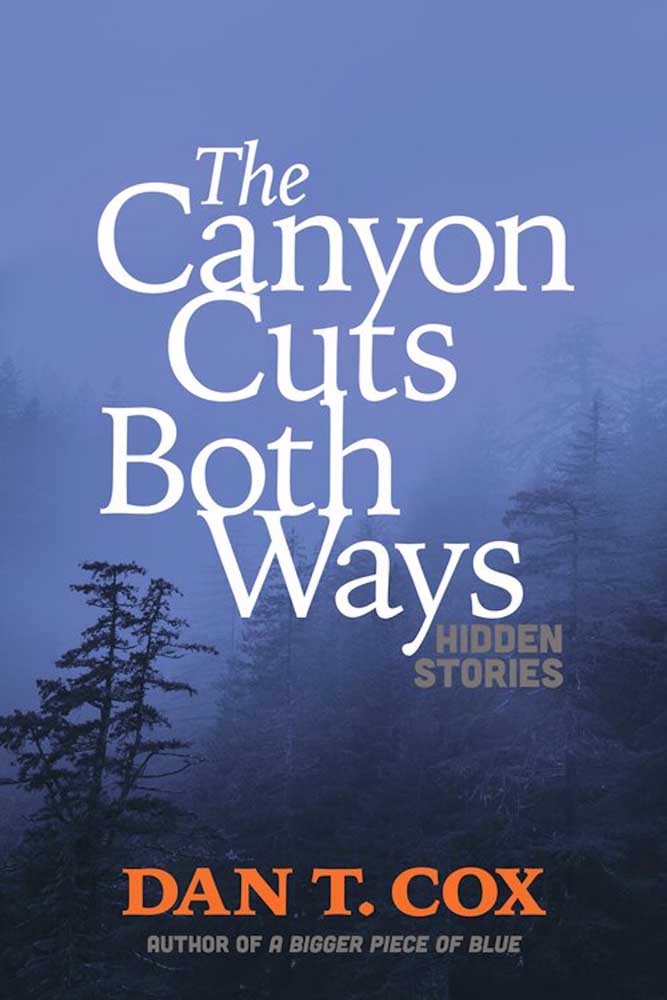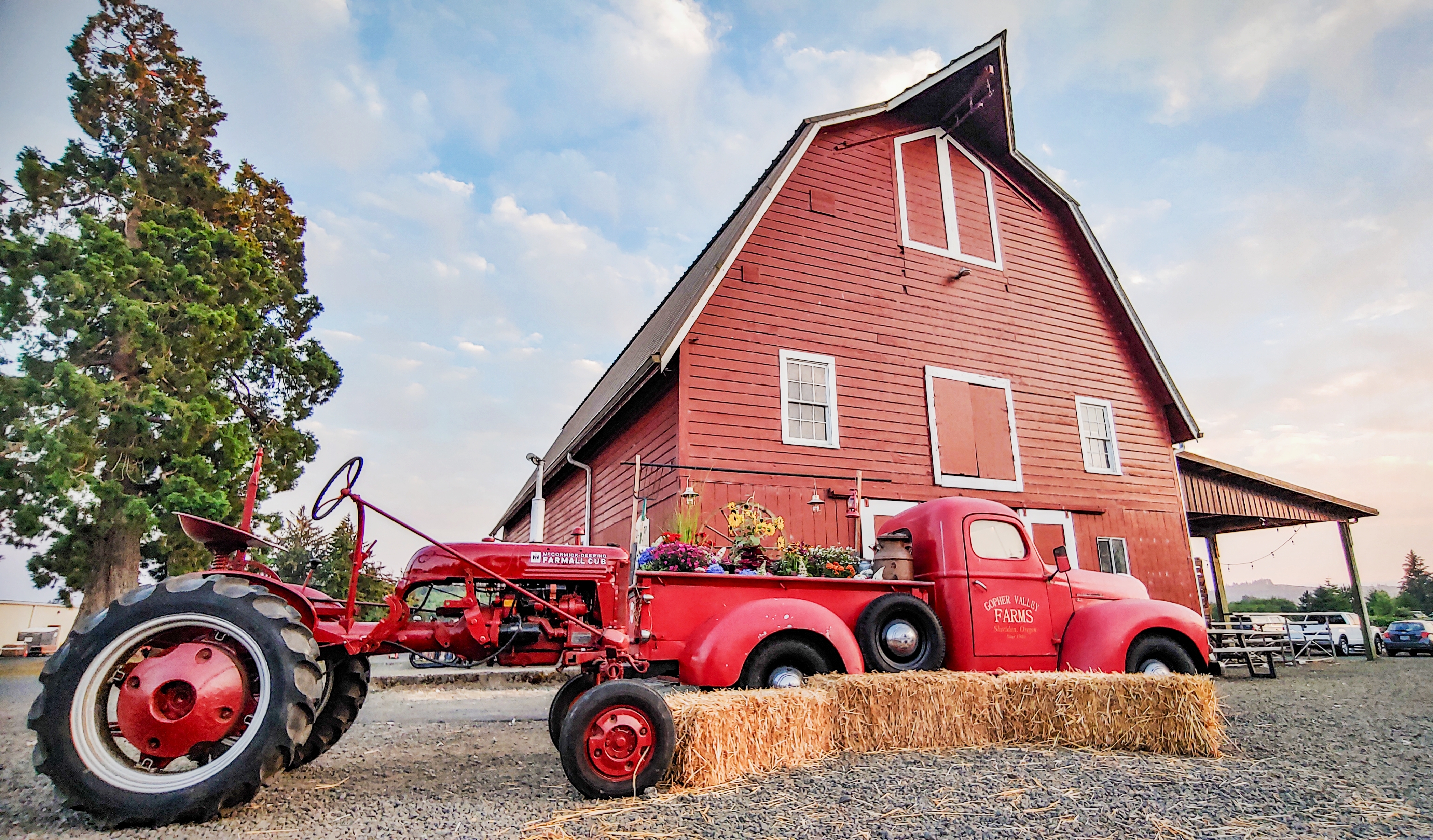Bookmonger: ‘The Canyon Cuts Both Ways’
Published 9:00 am Wednesday, July 28, 2021

- ‘The Canyon Cuts Both Ways’ is by author Dan T. Cox.
‘The Canyon Cuts Both Ways’ by Dan T. Cox
Trooper Books — 218 pp — $14 or $2.99 on Kindle
Trending
North Santiam Canyon, in the Cascade mountains east of Salem, has been gut-punched by wildfire over the past year.
The Beachie Creek and Lionshead fires combined to scorch more than 400,000 acres and destroy more than 700 homes in September.
About 200 firefighters are back in the canyon this summer, trying to get a hold on yet another blaze called the Bruler fire. Experts estimate they won’t reach total containment of the fire until the end of August. The ensuing road and trail closures are hitting the small communities in the canyon hard, as summer recreation is a vital part of the local economy.
In that context, I picked up “The Canyon Cuts Both Ways” last week, a collection of short stories set in North Santiam Canyon.
Author Dan T. Cox grew up there in the 1950s and 1960s, eventually leaving for college in Eugene and later retiring across the Columbia River in Ridgefield, Washington. To paraphrase the old adage, “you can take the boy out of North Santiam Canyon, but you can’t take the canyon out of the boy.”
Cox’s stories reflect on the lives of people who find themselves in a place where the opportunities are defined by big trees and small communities. These sly tales blend the same old with the calamitous, the dreams with the disappointments. They are layered with unflinching observation and compassion.
The canyon is a place where some characters like Ruthie the bartender, or Lyle the unemployed deer hunter have come to accept their lot in life. Other characters like the deputy sheriff worry, “Is this it for me?” But still others stumble upon confidence that they never knew they had.
Such agency manifests in the opening story, “King Bean,” when a long-simmering rivalry between brothers involving green beans — and more — combusts into fisticuffs.
It shows up again even more forcefully in a piece called “No Bears Out Tonight,” when another pair of brothers takes care of a problem that had been silently corroding the larger community.
In this and other stories, some characters invoke comeuppance as a grim cautionary device regarding the importance of right living. But most of the tales decline to provide easy closure.
In fact, many of these characters carry on, perhaps appearing once as the main character, and other times showing up as someone in the background. They may be part of the volunteer fire department or holding down a barstool at the local watering hole. At least one character from Cox’s previous book of stories, “A Bigger Piece of Blue,” also returns in this book.
Cox makes sure that the landscape figures prominently in these stories. He includes the steep slopes to the deep forests to the raging Santiam River, “a maniacal kaleidoscope of insane upswells and consumptive whirlpools, dancing and slapping itself with an arrogance that should never be underestimated or dismissed.”
The author does not, however, mention the recent reality of wildfire. Perhaps that will be addressed in his next book?
The Bookmonger is Barbara Lloyd McMichael, who writes this weekly column focusing on the books, authors and publishers of the Pacific Northwest. Contact her at barbaralmcm@gmail.com.









